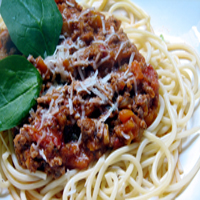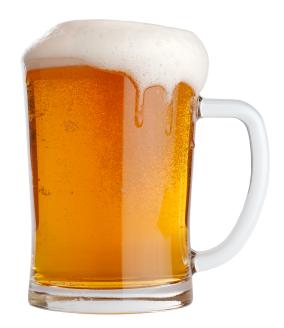- Chicken eggs are the most common and eaten eggs worldwide.
Each egg must have a stamp with at least 7 numbers.
The first digit represents the living system (0 = organic, 1 = free range, 2 = free-range, 3 = cage)
Then comes the code of the country (BE = Belgium)
The next five figures are the producing company
additional digits may include barn number, etc ...
Then comes the code of the country (BE = Belgium)
The next five figures are the producing company
additional digits may include barn number, etc ...
- Organic eggs come from chickens that only receive natural food, can walk outside and are kept in relatively small groups.
- Free-range eggs come from chickens that also roam freely, but receive a varied diet, but usually live in larger groups.
- Eggs that you buy in files of 4, 6 or 12 are always class 'A' eggs, fresh eggs. This class is the only one sold directly to the consumer. Class B eggs are sold to industry and processed into pasteurized liquid or dried products.
- A brown and onion is no better than a white, which is usually smaller and less firm. They are both equally nutritious.
- Fresh eggs can be stored in the refrigerator for 2 to 3 weeks. Place them with the point downwards, so that the yolk stays nicely in the middle of the egg white.
- The shell protects the egg against bacteria, so never use a damaged egg.
- An eggshell is porous and easily absorbs odors. Tasty - like truffle - but also unwanted smells.
- Always break eggs in a bowl first, so you can see that they are fresh.
- The yolk color depends on the food the chicken has been fed. Often carotene is added to the food to darken the yolk.
- A quail egg that is a lot smaller than a chicken egg contains up to 6 times more vitamin B1, 12 times more vitamin B2 plus vitamins A and D. In addition, there is 7 times more iron and 5 times more phosphorus in a quail egg.
- A chicken does not need a rooster to lay about 280 eggs in a year.










